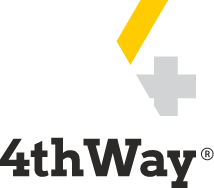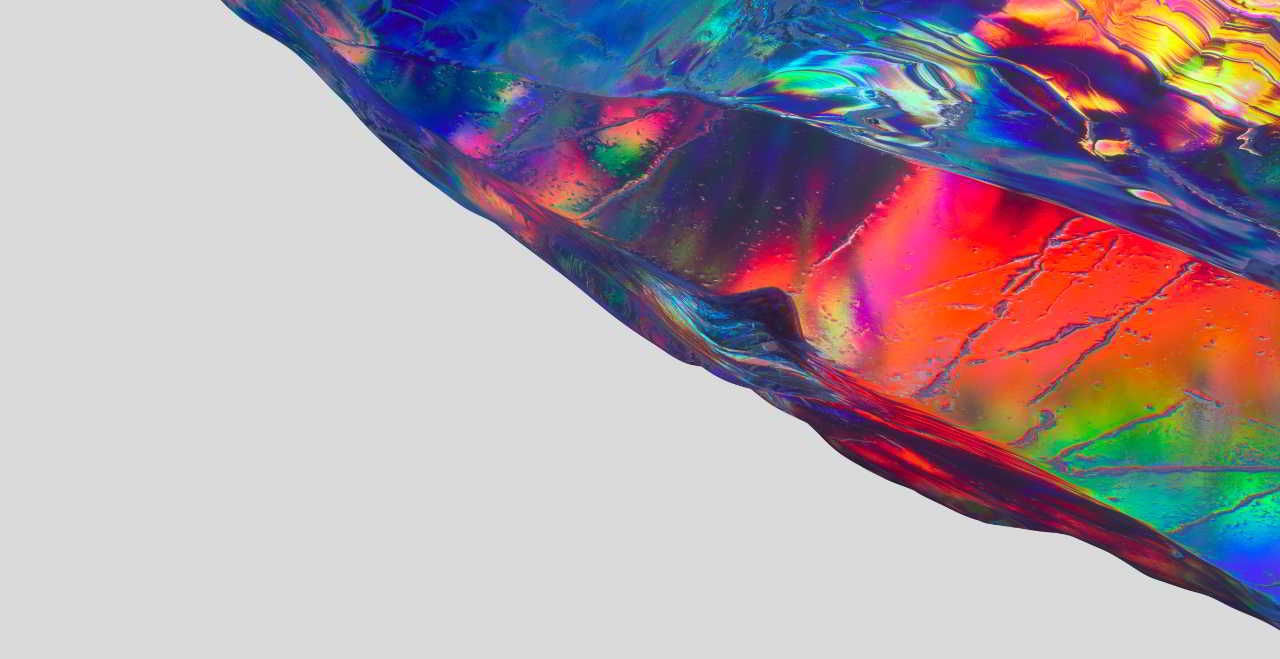To get the best lending results, compare all P2P lending and IFISA providers that have gone through 4thWay’s rigorous assessments.
Kuflink Update: Bad Debts & How Do Recent Changes Impact Lenders?
We’ve had a loooot of emails from lenders about recent changes at Kuflink*, as well as one or two about bad debts.
I’ve finished my investigations into the changes and re-interviewed key people at Kuflink. I’ve also done some preliminary research on bad debts in lieu of a full reassessment of Kuflink due in the next few weeks.
Combined with our constant flow of detailed data, I’m now able to give you a substantial update on everything lenders have been writing to us about.
The Kuflink Review will be updated in the next week or two, not just to incorporate the analysis below, but after a full review of Kuflink, its people, processes, performance, projected results and 4thWay PLUS Rating.
Update on Kuflink's bad debts
How high are bad debts now?
Forget the recent changes for a moment. The bottom line in bridging and development lending is always this: are borrowers repaying and, if not, are bad debts being recovered?
Internally, and in data provided to 4thWay, Kuflink calls a loan a default the very day it falls late for repayment, regardless of the reason. On that basis, the total outstanding bad debt is £87 million.
Potentially a better definition is the financial regulator’s preference: loans that are 180+ days late. Kuflink already reports this publicly and to exsting lenders, as well as to the Financial Conduct Authority. It's now considering adopting it internally.
That definition is also simplistic, but not far off in Kuflink’s case, since it usually calls in receivers inside that timeframe. So, it recognises defaults a little late, but not by much.
Even so, by this looser definition, there’s still £73 million in bad debt going through recovery procedures.
The total loanbook is £170 million. That means 43% of outstanding loans are bad debt — £43 in every £100.
This figure is a little inflated because Kuflink grants fewer official extensions than we normally expect to see in bridging loans.
More importantly than that, it's largely a reflection of the kind of lending Kuflink does:
A quick look back in time
Consider all P2P loans Kuflink approved from 2016 onwards (plus one loan in 2014) up to 31st December 2021.
Of those older loans, 38% turned into bad debts by Kuflink’s one-day-late definition. (The data is slightly too incomplete on the very oldest loans to apply the 180-day rule properly.)
Given the battering business property owners have taken in recent years, today’s higher proportion of troubled loans is reasonable — and well within 4thWay’s forecasts for stressed conditions.
Yes, developers have been hit especially hard, but bridge loans are often linked with development and other property projects. The knock-on effects ripple through many property businesses.
The total value of loans approved up to end-2021 was £180 million. Confirmed write-offs on those loans: £1.4 million — just 0.8%.
Up to end 2021, there were 362 loans. 98% are now repaid, including those with write-offs. A few outsized bad debts remain, but we’ll come to those.
Analysis of the outstanding bad debts
Let’s return to the present: 43% of outstanding loans are in default.
Most of the largest bad debts — tens of millions of pounds — are held in Kuflink’s auto-lend accounts. They come from just a handful of very large loans, many from 2021 and earlier.
That’s a lot of risk in just a few loans. This is sometimes called “granularity risk” — a few large units in a portfolio that create outsized risk.
It’s distinct from concentration risk, which arises when lenders and investors fail to spread money across enough loans, investments, industries or investment providers.
It’s not ideal that all the largest outstanding bad debts also happen to be the supersized loans of the time. That’s unlikely to be chance, and suggests Kuflink* was right to cut back sharply on very large loans 18 months ago.
Still, it’s understandable: larger, more complex loans take longer to resolve when they go bad.
Progress is happening. Some loans have already been partly paid down through property sales, further development funded by Kuflink itself, or Kuflink calling in additional property security from borrowers.
I believe Kuflink’s claim that most of these loans still have very good prospects of full recovery.
I also assessed the smaller outstanding bad debts, collectively several tens of millions. So far, they look no worse than the usual risks in Kuflink's flavour of bridging lending — though of course under more strain in current conditions.
The head of collections believes only two or three loans will fail to recover fully. Most should resolve in 12–18 months.
That’s the firmest forecast Kuflink has ever given. It will be revealing to see in 18 months whether recoveries matched expectations.
Recent changes made by Kuflink
Kuflink stops covering losses itself
Kuflink* has paid £1.6 million to cover bad debts over the years — just 0.4% of its historical loanbook. It was never obliged to do this.
After auditing its products and processes, it has decided it won’t cover lender losses again.
It’s sensible to wonder whether this timing suggests looming write-offs, but I’ve seen no evidence of that.
Kuflink’s stance is that bridging and development lending is risky, and lenders must accept that. I think that view has merit. 4thWay has often said you need to be confident that the rates and underlying risk of the loans is satisfactory, and any pots of money (or other so-called “credit enhancements”) that are offered by the P2P lending companies to cover bad debts should usually be seen more as a little icing on the cake.
First loss scrapped
Kuflink used to take a 5% stake in every loan in its self-select account. Then it was “up to 5%”. Now it has abolished this altogether.
When you run the numbers – which we do here all the time – the impact was always going to be small. Lenders were never going to achieve vastly better results thanks to first loss.
The key factors for lenders are always the same:
- The properties backing the loans.
- The ability to exit projects and sell properties.
- Kuflink’s ability to recover bad debts.
While it won't cover losses out of its own pocket any more, Kuflink is still funding some ongoing troublesome developments. It now rarely funds development projects, especially large ground up ones. But I have been told it would still consider funding difficult developments to completion on a case-by-case basis, if it considers it the appropriate way to deal with it.
Interest payments clarified
Kuflink also told lenders recently: “Interest is only paid if the borrower pays. We’ve removed interest top-ups or internal subsidies.”
For many lenders, it was news to them that they ever did top up your interest when borrowers fell behind. It was never a contractual obligation to you. Kuflink tells me it only ever applied to three loans.
You're now paid some additional interest in default
The impact of that is at least slightly offset by lenders now receiving a share of the penalty interest borrowers pay when late. Borrowers typically pay Kuflink 2% extra per month from as soon as they fall late. Lenders will now receive 0.25% – or 1/8th of the additional default interest.
It's unfortunately a little too wide spread in P2P lending that providers can take in huge fees from bad debts. It's perhaps not surprising then that Kuflink has curated a particular set of borrowers that end up falling into default in droves. It's a potential conflict of interest, when lenders want good loans.
That said, its recoveries record has so far been phenomenal. Plus the flip side is that it makes Kuflink* itself, as a business, more stable by helping to make it seven-figure profits each year. Still, it's something for 4thWay to watch closely – and we do a lot of data analysis to look for such cracks.
To be clear, if a loan defaults, you earn the 0.25% per month on top of the regular interest rate that the borrower was already paying you.
Concluding…
The overall picture from my investigative interviews and the data is that it is all plausible and I see no reason at this stage to believe that the estimates will be all that far off. That is not to say that things can't go wrong with the large existing bad debts – this is development and bridging lending after all – but I do not consider it likely that these will all collapse into very large losses.
One caveat: Kuflink says any possible losses are small compared to historical earnings, but anyone new to Kuflink's auto-lend accounts doesn't have the advantage of past earnings, if any hits need to be taken. Nevertheless, over the life of the auto-lend term the losses versus interest are likely still very well contained.
Kuflink expressed the view that lenders who panicked and withdrew after announcing the changes were not suited to this type of investment. It sounds harsh, but I agree: if you are easily stressed or worried about investing, or aren't comfortable risk, or you tend to make snap financial decisions on hearing news that sounds superficially bad, you should keep more in cash or safer accounts, and less in riskier ones like this.
Further reading
Independent opinion: 4thWay will help you to identify your options and narrow down your choices. We suggest what you could do, but we won't tell you what to do or where to lend; the decision is yours. We are responsible for the accuracy and quality of the information we provide, but not for any decision you make based on it. The material is for general information and education purposes only.
We are not financial, legal or tax advisors, which means that we don't offer advice or recommendations based on your circumstances and goals.
The opinions expressed are those of the author(s) and not held by 4thWay. 4thWay is not regulated by ESMA or the FCA. All the specialists and researchers who conduct research and write articles for 4thWay are subject to 4thWay's Editorial Code of Practice. For more, please see 4thWay's terms and conditions.
*Commission, fees and impartial research: our service is free to you. 4thWay shows dozens of P2P lending accounts in our accurate comparison tables and we add new ones as they make it through our listing process. We receive compensation from Kuflink and other P2P lending companies not mentioned above either when you click through from our website and open accounts with them, or to cover the costs of conducting our calculated stress tests and ratings assessments. We vigorously ensure that this doesn't affect our editorial independence. Read How we earn money fairly with your help.


